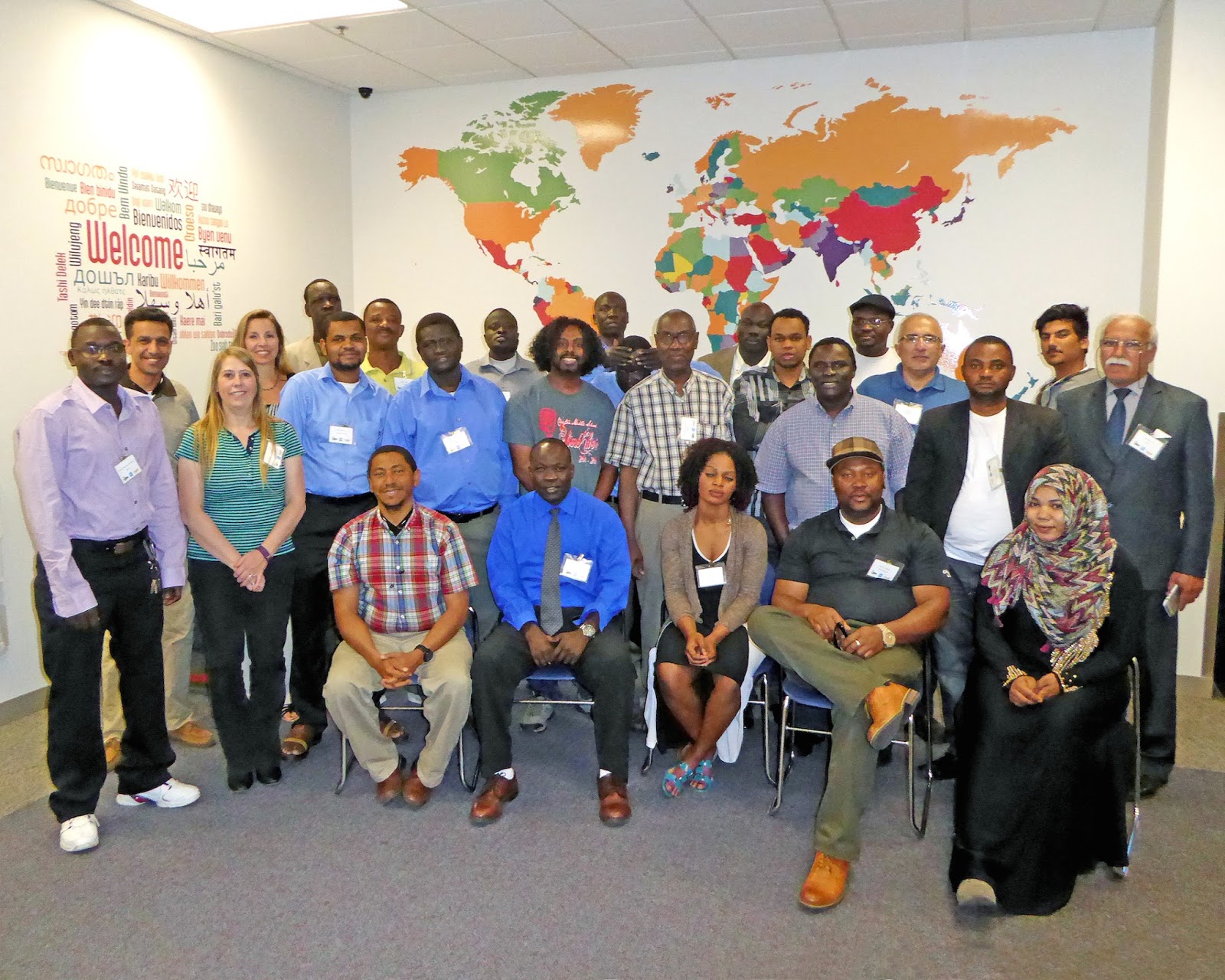As the nation’s economy continues to rebound from the COVID-19 pandemic, employers in Utah may have more options for filling job vacancies than in other states.
Utah teens ages 16–19 make up 7% of the state’s entire workforce, The Salt Lake Tribune found, which dwarfs the national rate of 3.7%. It is also a significant leap from the next-highest-ranking state, Wisconsin, which holds a 5.4% figure.
But there is another important data point to pay attention to: the percentage of Utah teens who work. While Wisconsin comes in first, with 59.9% of Wisconsin teens having some kind of job, Utah isn’t far behind. As of 2023, nearly 57% of Utah teens have a taxable income, according to Mark Knold, chief economist at the Utah Department of Workforce Services.
Knold thinks that the typically larger size of families in Utah helps to explain the trend.
“The more children you have, the less money [there is] to distribute out to [them],” Knold said. “Teens [in Utah] have more of an incentive to go out and get a job, to help out, or to get some [of their own] spending money. There’s more competition in the household itself for access to parents’ income.”
Another contributing factor, Knold said, is that the job market in Utah has shown 3% growth consistently for several years, leading to a higher demand for a wider variety of workers.
“We’re really in an environment where we’re asking for more labor than what’s available, so it’s really a strong environment for teenage workers,” Knold added.

To work in most states, a teenager must be at least 16 years old. But, according to Chapter 23 of the Utah Code, there are several types of jobs that can legally employ teens once they reach ages 10, 12 and 14. In Utah, a 10-year-old can deliver newspapers, and a 14-year-old can work at a neighborhood fast food restaurant or in snow removal during the winter months.
There are federal and state-level restrictions for each age group. The Fair Labor Standards Act of 1938 set the national minimum age for working to 16, established the 40-hour work week, and also designated a number of hazardous jobs that could not legally hire teenagers.
In Utah, however, a teen can get a job at a fast food restaurant as early as 14 – with several caveats for 10 to 14-year-olds encoded in Utah state law, including limitations on the number of hours they’re allowed to work.
While the Utah Labor Commission has not announced plans to roll back restrictions on child and teenage labor, there have been recent violations by three Utah companies for breaking federal and state child labor laws.
Last year, 11 Crumbl Cookies locations were found guilty of letting children 10 to 14 years of age work more hours than what is federally legal. A restaurant supply store in Salt Lake City was also found guilty of a similar matter, incurring a $17,000 penalty.
Additionally, the Utah-based soda and dessert chain Sodalicious was investigated and found guilty of permitting teens as young as 14 to work past federally restricted hours on school nights.
The U.S. Department of Labor, which investigated those three violating entities, found a 37% national increase in the number of minors whose employment has violated federal labor laws in some way since 2021, according to the Economic Policy Institute.
It’s no coincidence that the three employers found guilty of violating child labor laws in Utah were operating in the food service and retail industries. Knold was able to confirm that, in Utah, the majority of teenagers get their first jobs in the service industry.
But what if a teen worker has other plans besides flipping burgers or stocking shelves? According to Knold, experience in the working world supplements a teen’s academic career rather than detracting from it.
“[With a job], you can show a skill set, you can show a work history, and [you can] also understand what the workplace is like compared to … the school environment,” Knold explained.
“There’s no re-doing a test or getting credit for turning in late homework [in the working world],” Knold added. “That’s not how the working and business communities operate. So, you get that knowledge and experience in terms of what it will take to succeed in the workforce.”
17-year-old Sam Kinghorn, a senior at Skyline Valley High School, started working at the Chick-fil-A in Salt Lake City’s Sugarhouse neighborhood last May. While Kinghorn was initially motivated to work by the prospect of saving his own money, he said he has found that the experience of working in a fast-paced restaurant environment has reinforced a sense of responsibility.
“One thing I’ve learned is [to be] responsible for your actions in the workplace,” Kinghorn said, “especially in a fast food working environment [where] everything is so fast paced [and where] you have to make sure everything’s accurate…”

While limits on the number of hours teenage employees can work per week at Chick-fil-A exist, and which decrease during the months that school is in session, Kinghorn has found the environment to be conducive not only to customer service but team building as well.
Kinghorn described how many of his Chick-fil-A coworkers have flocked from surrounding neighborhoods, some coming from as far as Bingham High School in South Jordan. And they’ve mostly all stuck around.
“They’ve all decided to come here because they wanted the work experience,” Kinghorn said. “And once they’ve been able to connect with all of their coworkers, they don’t want to leave.”
This was especially important for Kinghorn when the COVID-19 pandemic swept Utah, which occurred around the same time as his transition from middle to high school.
“It was really hard for me to talk to people,” Kinghorn said of the effect of the social distancing he experienced. “So, getting this job, where I’m constantly communicating with other people, has really helped.”
When he’s not traveling with family, Kinghorn works 40 hours per week at Chick-fil-A during the summer. However, during school months, the state requires that he step it down to 20 hours per week. He works these hours consistently, he said.
Meanwhile, Kinghorn has some coworkers who are 14 and 15. They can only clock up to two and a half hours on any given day that they work.
Kinghorn and his fellow chicken enthusiasts share much in common with the rest of Utah teenagers. Many have jobs, and those who do work — within the state and federally regulated hours for their age — are able to find practical ways to excel and experience life outside of a classroom.
“This is where I want to learn and keep my life going,” Kinghorn said.






